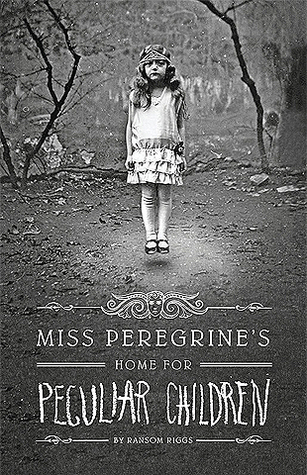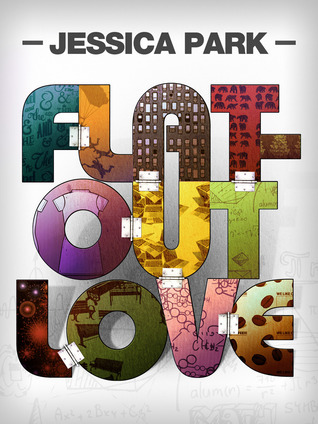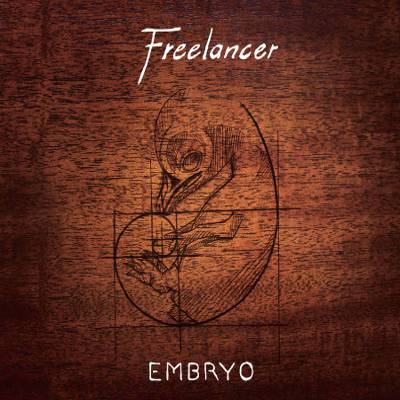In addition to being an avid player-of-video-games, I’m also an avid reader-of-books. I love curling up under blankets with a hot drink and a good book. Lately, I’ve been engrossed in Anne Bishop’s The Others series, which is set in an alternate world in which humans are not the dominant species, but instead live at the mercy of creates called the terra indigene, earth natives. Essentially, vampires and shapeshifters. This is urban fantasy with a twist, and I like that a lot.

The first book, Written in Red, tells the story of Meg Corbyn, an escaped blood prophet who has made her way to the city of Lakeside, seeking refuge in the Courtyard, which is essentially the part of town run by the terra indigene and where, most importantly, Human Law Does Not Apply. Blood prophets are pretty much slaves, their bodies bought and paid for by people who want their questions answered, and the prophets see and speak the future every time their blood is spilled. Though dealing with the terra indigene is always dangerous, Meg hopes that hiding in a place where human law doesn’t apply will make it harder for her previous owners to recapture her.
There is a lot of touchy material in this book, and all books after it. Anne Bishop certainly seems to have a thing for overprotective and predatory male characters, as well as the very special women around which their lives revolve. This is the second series of hers that I’ve read that has involved characters like that. And because many of the characters are vampires and shape shifters, there’s also plenty of violence, blood, and animal instinct that really hammers home that the terra indigene are not just people who have fur and fangs sometimes, but are entirely inhuman and live by a different set of standards and just so happen to have a human form.
Written in Red also delves into the whole “for your own good,” narrative when it comes to blood prophets, who tend to get addicted to the euphoria produced by cutting to shed blood and see prophecy. There’s the concept of what’s called “benevolent ownership,” where the prophets are kept separate from the rest of the world, essentially the property of somebody else, under the notion that it’s a necessary evil to keep them from harming themselves. And if somebody makes a profit from the prophets, well, a person can do what they like with their property. Written in Red makes you question how much “for your own good” really is, and how much is that phrase said to justify somebody else getting what they want.
You may have noticed how I mentioned cutting, and yes, that is another piece of touchy subject matter that this series deals with. Self-harm is a serious problem, and I speak from experience when I say that. I have my scars. And I won’t say that The Others glorifies cutting, because it doesn’t, but it does present cutting as something that can be positive. Dangerous, because there’s always the chance that someone will cut too much or too deep, or go mad from their visions, but Meg’s prophecies often save lives when she cuts, and it’s a fine balance, and to be perfectly honest I’m not entirely sure how I feel about it all. It’s something that readers might want to be aware of before they start this series, though.
Most of Written in Red is setup, detailing Meg’s arrival at the Lakeside Courtyard and her making herself known to and liked by the terra indigene there. There is some action, and there is plot beyond that, but from a functional standpoint, it’s clear that it’s the first part of something larger and that most of the plot exists to establish a foundation before the real meat of the series can be found.

Murder of Crows is the sequel to Written in Red, picking up almost immediately after the previous book closes. There are new drugs on the street, things known as “feel-good” and “gone over wolf,” which either mellow you out or make you temporarily extremely violent, respectively. Somebody is targeting the terra indigene, deliberately luring Crows into places where they will be hurt or killed. All of this has to do with blood prophets like Meg. The only question is whether or not the mystery of it all will be solved before full-fledged war breaks out between the terra indigene and the humans who borrow terra indigene land.
Here’s where the main story arc really gets going, since although there were hints of it in Written in Red, I still stand by that first novel being primarily a foundation novel to establish the setting and lore for the greater story to come. Here we see the conflict ramp up, powered by a group known as Humans First and Last, which wants to make humans the dominant force in the world instead of the terra indigene. The political movement works as many insidious ones do, by taking legitimate grievances and escalating them, making the opposition into evil people. Why should humans only get to live on land the terra indigene give them? Why shouldn’t humans be allowed to go where they want? It’s all the fault of those nasty Wolves and Bears and vampires. Down with the Others!
Then add in the fact that all the blood prophets are starting to see the same apocalyptic visions when cut, and growing signs that the blood prophets — or their owners — have something to do with the mysterious new drugs that are a danger to human and terra indigene alike, and in the end, it’s down to the Lakeside Courtyard to band together and stop the problem before war erupts.
Similar to the first book in the series, Murder of Crows touches on some uncomfortable topics. The Humans First and Last movement is distressingly similar to the rise of white supremacy at numerous points in history. There’s the omnipresent awkwardness around the issue of cutting and the associated emotional distress and release mechanism for the blood prophets. There are very overt shades of racism, though in this case it’s probably more like speciesism, since the discrimination isn’t on a socially constructed idea of race so much as it is humans versus non-humans.
There’s romance in this book, but I’d hesitate to call the whole thing a paranormal romance, because there’s a lot more than romance as the main focus. And even though I’m not usually one for romance, I can really get behind the relationship between Meg and Simon. Specifically, I can get into it because it’s realistic in the way the struggles are presented. They have a thing for each other. But their respective natures make some things awkward and other things dangerous, and there’s a species barrier that needs to be crossed, and it confuses both of them. And I like that. It’s not something where their love conquers everything. It’s something that needs to be conquered for their relationship to develop. It’s slow, and it’s gradual, and there are plenty of times where everything else is more important than how they feel about each other.
~*~
Overall, I’m enjoying the series. I started reading the third one, and have 2 more after that before I exhaust the library’s collection, and I expect to enjoy them as much as I’ve enjoyed the first two. I like Anne Bishop’s writing style, I like her world-building (this is the second series of hers that I’ve read and I like them both, even if I think I like the Black Jewels books more), and I’m eager to see where the story leads. If you’re a fan of urban fantasy novels or if you’ve read and liked the author’s writing in the past, then definitely check out The Others series and give these books some love.
Advertisements Share this:




